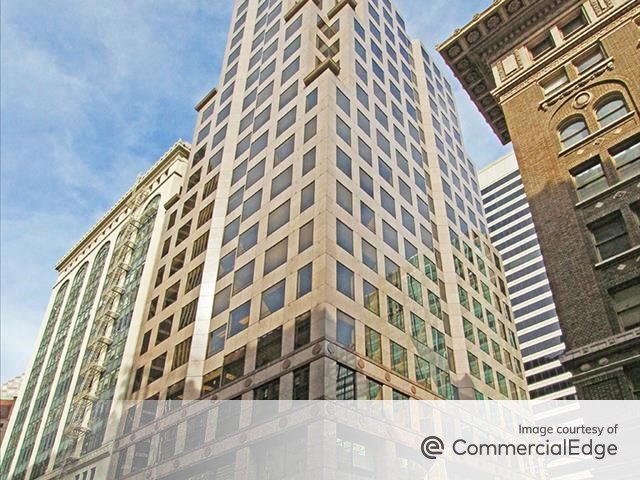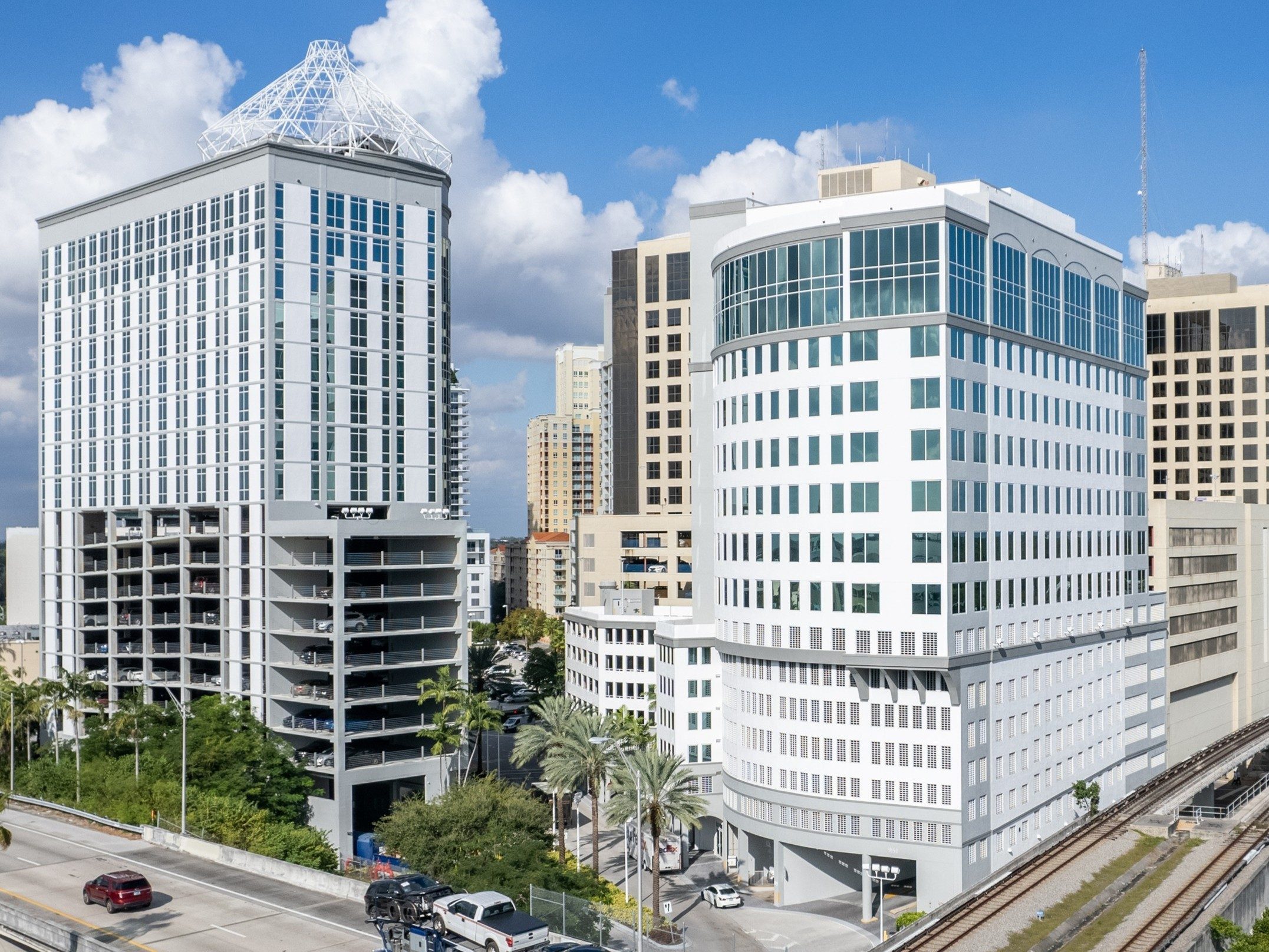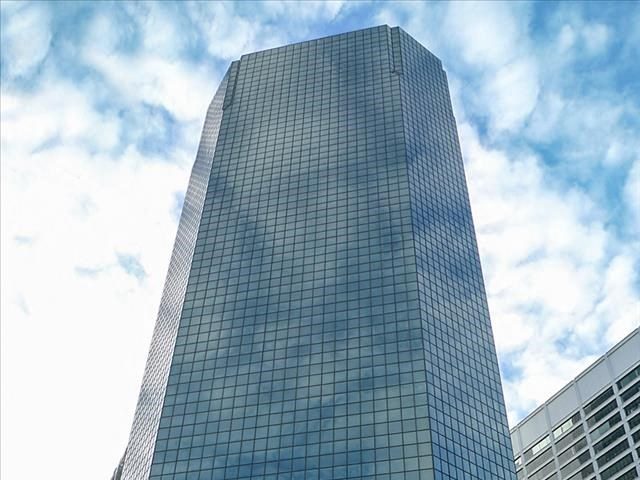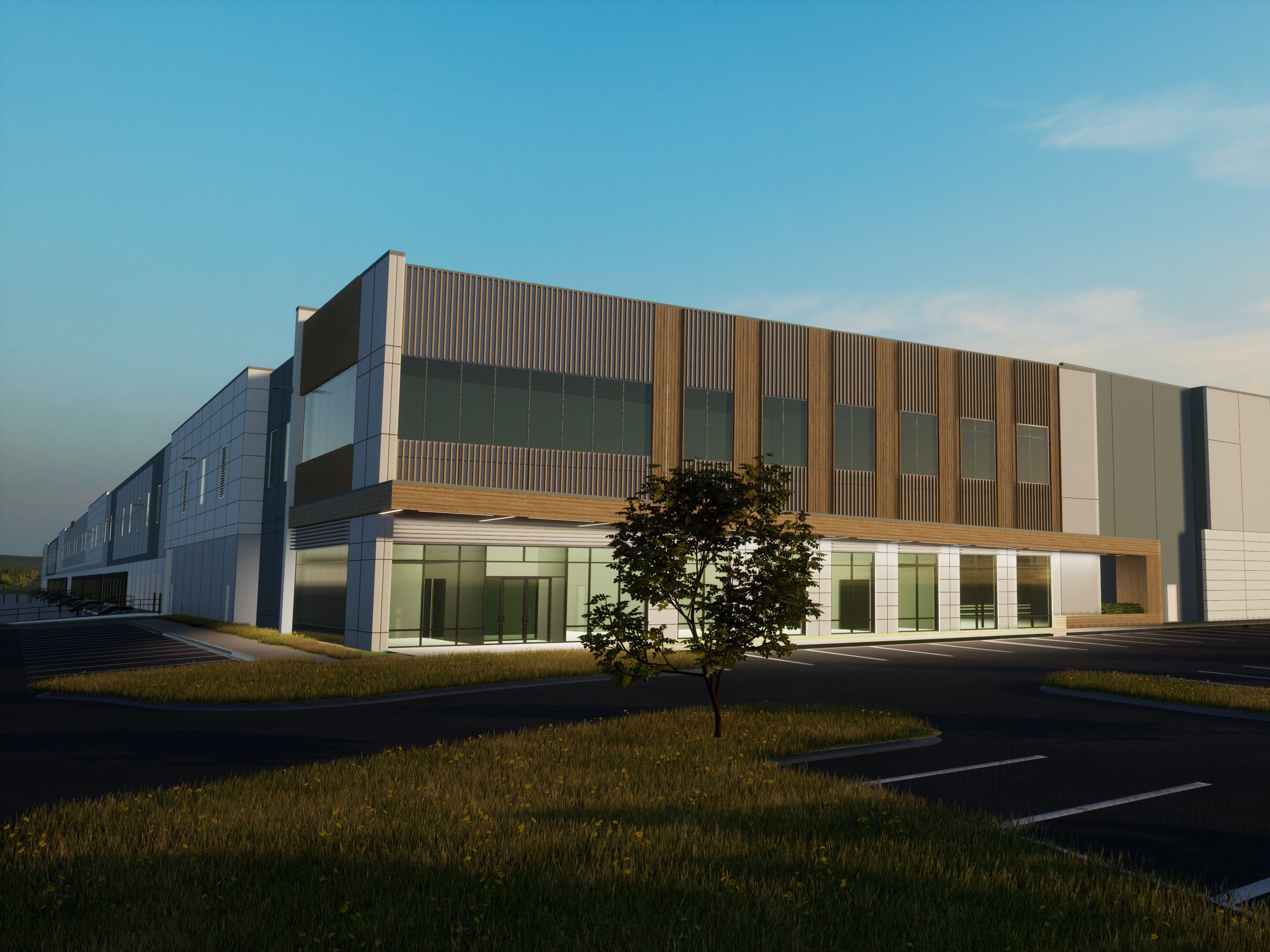The Big Shift in Space Planning: Experts Share Insights at the CPE-MHN Summit
Well-being and sustainability are the dynamic duo when integrating elements that conform to safer, healthier building design and construction standards.
Flexibility has become the essential component in the shift to safer office spaces where well-being and environmental considerations are a necessity.

Nancy Ruddy, Co-founder, CetraRuddy Architecture. Image courtesy of CetraRuddy
The first breakout session of the CPE-MHN 2020 Summit Series addressed the planning and design shifts for new and existing commercial office space in a COVID-19 environment.
The session was moderated by Nancy Ruddy, founding principal at CetraRuddy, with experts Amy Pokawatana, director of Development at Hudson Pacific Properties, and Kim Van Holsbeke, director at Skidmore, Owings & Merrill.
Pokawatana and Van Holsbeke agreed that sustainability has become a basic requirement for new projects. In the age of LEED and WELL certifications, many cities and states now have baseline requirements for sustainable and green components in new commercial construction that, Pokawatana said, help to inform clients who weren’t already incorporating these details in their plans.

Amy Pokawatana, Director, Development, Hudson Pacific Properties. Image courtesy of Hudson Pacific Properties
Today, these elements are integral to the planning and design of new projects, with the state of Washington, New York City and Washington, D.C., all implementing building performance and energy-efficient standards. Last year, New York City enacted Local Law 97 and appointed a Climate Advisory Board to regulate carbon emissions in the city.
Van Holsbeke believes principle should govern designers and developers in deciding whether to implement sustainable features in a project. His philosophy is that recognition isn’t always the goal when doing the right thing, “as long as we elevate the overall product that we’re putting out there in an intelligent way.”
Abundant amenities
Asked about the adaption of residential amenities to fit office buildings, the experts agreed that these additions are must-haves. Highly amenitized buildings are important to residents now, especially with the movement to healthier lifestyles and the unavoidable considerations of building safety during the ongoing health crisis.

Kim Van Holsbeke, Director, Skidmore, Owings & Merrill. Image by Lucas Blair Simpson
Amenities function as a big part of the tenant experience and provide the user with an elevated experience, according to Van Holsbeke.
Buildings have graduated from an unremarkable, minimalist space for bike storage to a more visible and prevalent space, like a dedicated bike room. And beyond storage, a self-service bike repair shop takes this amenity to the next level, makes your building more bike-friendly, and rewards employees who are making the conscious change to bike to work.
In harmony with residents’ desire for amenities that mesh with healthier lifestyles, concierge services, fitness centers and a healthy dining options are traditional residential additions that can add value to your commercial property and provide residents with a better experience.
New priorities
Which office-building features will endure after COVID-19 subsides? Before the pandemic, spacious lobbies were more of a luxury and less of a necessity, but now they’ve become a key element in new spaces. Even after social distancing requirements are relaxed, this will likely remain an important component. The modified space-planning process that is now dictated by density limitations will become normalized, even when density requirements are lifted.
Enhanced air filtration will also be a must. While the potential of spreading aerosolized virus particles was less of a consideration before the pandemic, the crisis has revealed the imperfections of older HVAC systems with less-efficient air filters. Enhanced filters are the new baseline, and will continue to be, as tenants will want assurance from building managers that a building is outfitted with an advanced HVAC system and that the air quality is as safe as possible.







You must be logged in to post a comment.